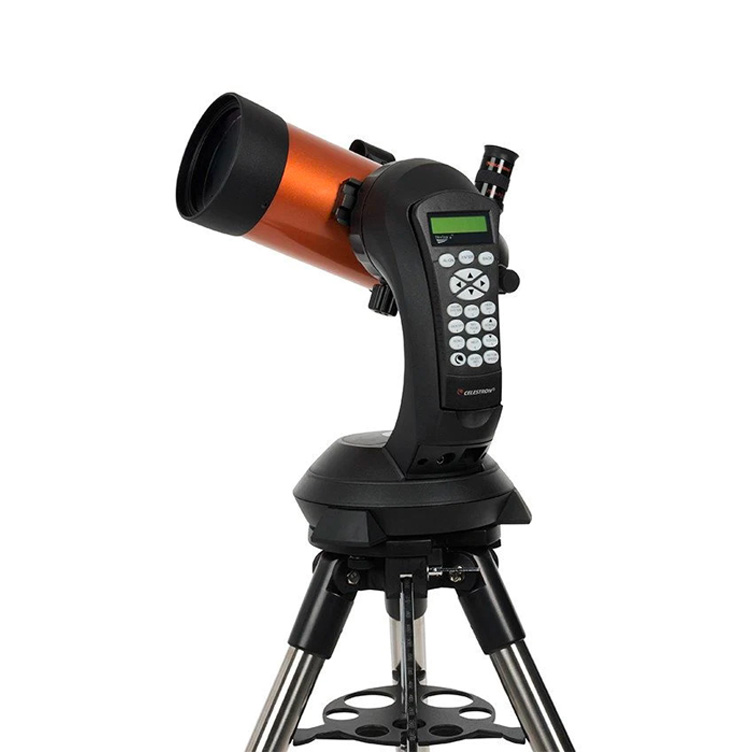A stunning comet left behind a dramatic mud tail because it swept across the solar, new images reveal.
C/2023 A3 (Tsuchinshan-ATLAS) was seen to the bare eye earlier in October because the comet, which is kind of an icy area snowball, flew previous the solar and Earth.
Contemporary telescope footage from the U.S. Naval Analysis Laboratory reveals that the comet’s mud tail was seen close to the solar “for a number of days”, lengthy after the little world left the neighborhood, lab officers acknowledged.
Associated: See the ‘comet of the century’ gentle up the evening sky in breathtaking images
The comet was photographed utilizing NRL’s Massive Angle and Spectrometric Coronagraph or LASCO telescope. (A coronagraph is a tool that blocks the sturdy gentle of the solar, permitting different celestial objects to be seen.)
LASCO noticed the comet’s nucleus or coronary heart close to the solar, between Oct. 7 and 11. “After the nucleus itself had left the scene, its large mud path remained seen for a number of days,” NRL officers wrote within the assertion.
LASCO, which operates on the joint NASA and European Area Company Photo voltaic and Heliospheric Observatory (SOHO) spacecraft, has seen hundreds of comets because the mission launched in 1995. However this comet’s mud path was distinctive amongst almost 30 years of observations, NRL officers famous.
“For a short interval on Oct. 14, the in depth dusty path of the comet coalesced right into a slim, dense path spanning your entire subject of view,” NRL wrote. This phenomenon occurred as SOHO, situated at a faraway spot in area often known as Lagrange L1, flew throughout the comet’s pathway or orbit and noticed the mud path edge-on.

Need to see comets up shut? The Celestron NexStar 4SE is good for newcomers wanting high quality, dependable and fast views of the evening sky. It is sturdily constructed, fast to arrange and routinely locates evening sky targets and offers crisp, clear views of them. For a extra in-depth have a look at our Celestron NexStar 4SE evaluation.
The comet has dazzled skywatchers in area and on Earth within the weeks surrounding its closest method to our planet Oct. 12. It is technically seen by a minimum of Saturday (Oct. 26) as a faint gentle excessive within the west at sundown in North American mid-latitudes, however possible requires binoculars or a telescope to see.
If you happen to’re seeking to get a better view of the total comets or every other evening sky objects, our greatest telescopes for newcomers information might help you discover what you want. And if one thing extra moveable is your choice, examine our our greatest binoculars information.
Editor’s observe: If you happen to take a shocking picture of comet Tsuchinshan-ATLAS and wish to share it with Area.com, ship photographs and feedback to our skywatching inbox at spacephotos@area.com.





